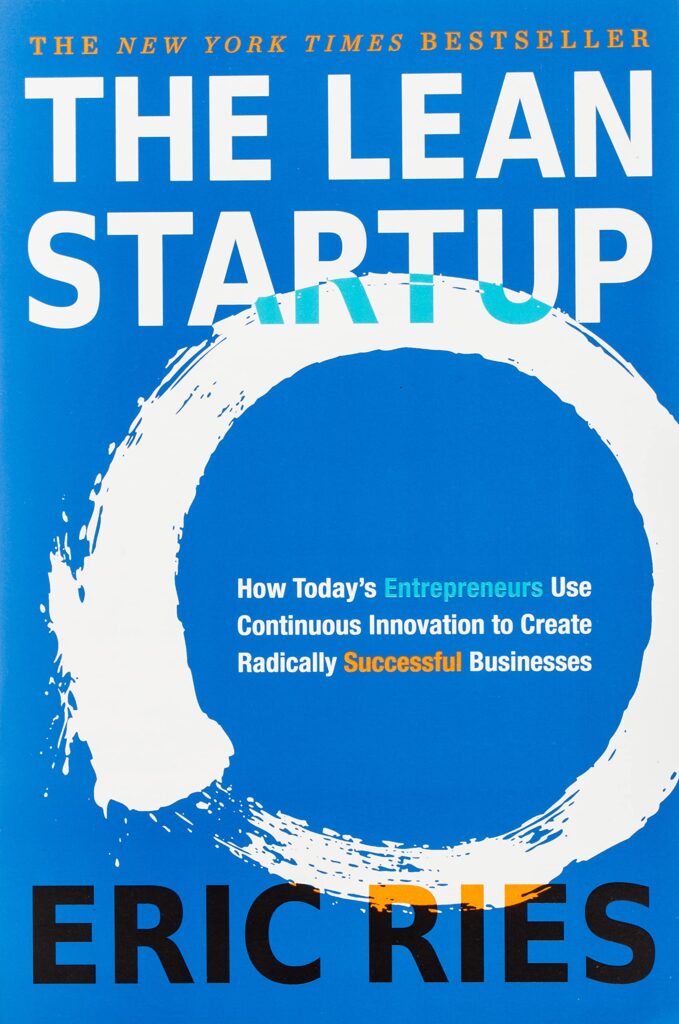The Lean Startup: How Today's Entrepreneurs Use Continuous Innovation to Create Radically Successful Businesses
Eric Ries

Most startups fail. But many of those failures are preventable. The Lean Startup is a new approach being adopted across the globe, changing the way companies are built and new products are launched.
Eric Ries defines a startup as an organization dedicated to creating something new under conditions of extreme uncertainty. This is just as true for one person in a garage or a group of seasoned professionals in a Fortune 500 boardroom. What they have in common is a mission to penetrate that fog of uncertainty to discover a successful path to a sustainable business.
The Lean Startup approach fosters companies that are both more capital efficient and that leverage human creativity more effectively. Inspired by lessons from lean manufacturing, it relies on “validated learning,” rapid scientific experimentation, as well as a number of counter-intuitive practices that shorten product development cycles, measure actual progress without resorting to vanity metrics, and learn what customers really want. It enables a company to shift directions with agility, altering plans inch by inch, minute by minute.
Rather than wasting time creating elaborate business plans, The Lean Startup offers entrepreneurs – in companies of all sizes – a way to test their vision continuously, to adapt and adjust before it’s too late. Ries provides a scientific approach to creating and managing successful startups in a age when companies need to innovate more than ever.
Key Summary
“The Lean Startup” by Eric Ries provides a method for entrepreneurs to develop and launch successful businesses by utilizing a continuous innovation process. The book focuses on the importance of rapid experimentation, iterative product development, and creating a minimum viable product (MVP) to validate customer demand.
Takeaways
1. Start with a customer problem, not a solution.
2. Create a minimum viable product to validate customer demand.
3. Use rapid experimentation to test and validate assumptions.
4. Continuously iterate and improve your product based on customer feedback.
5. Focus on building a culture of learning and experimentation.
6. Build a strong, dedicated team to drive innovation.
7. Implement a continuous deployment process to quickly bring new features to market.
8. Utilize data to make informed decisions and drive progress.
9. Monitor and measure key metrics to track progress and make data-driven decisions.
10. Embrace the concept of “fail fast, fail often” to learn quickly and continuously improve.